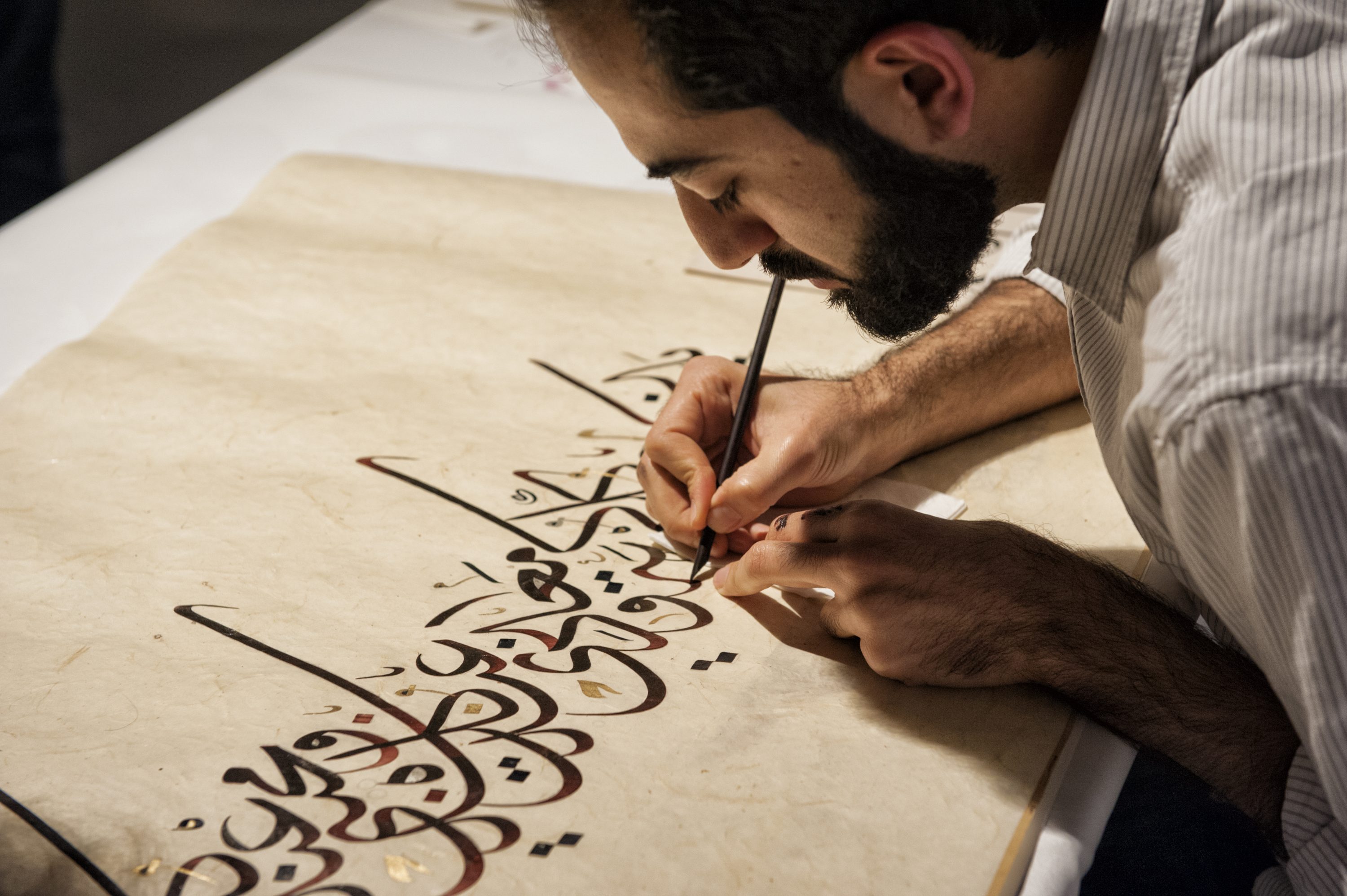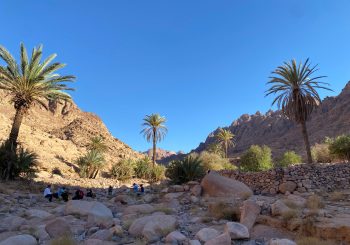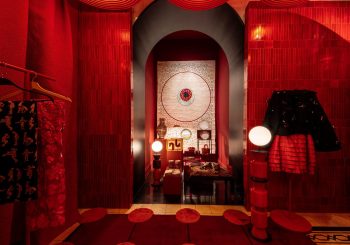Arabic is one of the most spoken languages in the world, ranking as the fifth most widely used, with over 400 million native speakers. Spoken across 22 countries and by Arab communities worldwide, Arabic serves as a vital thread connecting people of diverse religious and cultural backgrounds.
It is not only a means of communication, but also a profound expression of identity and history.
A defining feature of Arabic is its extraordinary diversity, encompassing a rich array of dialects that vary significantly from one region to another. These dialects reflect centuries of cultural exchange, migration, and local influences.
All modern Arabic dialects trace their roots to Classical Arabic, which emerged in the Arabian Peninsula in the early seventh century.
With the rise of Islam, Classical Arabic became the language of the Quran and a unifying medium for religious, literary, and scholarly expression. As Islam spread across the Middle East and North Africa, so too did the language, solidifying its cultural and political significance.
This historical foundation gave rise to Modern Standard Arabic (MSA), a simplified and standardized version of Classical Arabic. Today, MSA is the formal standard for written communication, media, and official discourse across the Arab world, bridging the gap between the region’s diverse dialects.
The extraordinary diversity of Arabic dialects means that many are not mutually intelligible. Variations in vocabulary and pronunciation create fascinating linguistic distinctions. For example, the simple phrase “How are you?” differs widely: in Emirati Arabic, it’s Ish’halak?; in Saudi Arabic, Kaif halak?; in Lebanese Arabic, Keifak?; and in Egyptian Arabic, Izayak?
Despite their divergence, Arabic dialects are not considered separate languages. This perception is reinforced by the diglossic nature of Arabic, where MSA serves as a formal standard, even as spoken dialects evolve independently.
Egyptian Arabic
The Egyptian dialect, or Masri, is the most widely spoken and understood Arabic dialect in the Arab world, with close to 100 million speakers in Egypt and millions more familiar with it due to the reach of Egyptian cinema, music, and television.
Egyptian Arabic has absorbed vocabulary from various languages, reflecting Egypt’s history of colonization and cultural exchange. From French, words like salon (living room) and ascensceur (elevator) have become common. Italian has contributed terms like balkona (balcony) and maghnaatis (magnet). Turkish influence is evident in words such as koshk (kiosk) and tarabiz (table), while English words like cilindar (cylinder) have seamlessly integrated into the dialect.
Egyptian Arabic’s widespread recognition is also due to the popularity of Egyptian media. Films, TV shows, and music produced in Egypt have introduced the dialect to millions across the Arab world, making Egyptian phrases and expressions commonplace in other Arabic-speaking regions.
Maghrebi Arabic
Maghrebi Arabic, spoken in North African countries like Morocco, Algeria, Tunisia, and Libya, is distinct to the point that speakers of Levantine or Gulf Arabic often find it challenging to understand. Known as Darija, or colloquial Arabic, it reflects the region’s rich history of cultural exchange and local influences.
The Berber language, indigenous to North Africa, has heavily influenced its structure and vocabulary. Additionally, French and Spanish colonial periods from 1912 to 1956 introduced a range of loanwords. For instance, shambre (room, from French chambre) and sirwi (pants, from French serre-joint), as well as aceituna (olive) from Spanish.
Phonetically, Maghrebi Arabic often blends syllables, giving it a rapid, fluid quality. It also softens or omits certain sounds, such as pronouncing the “qaf” as “g,” diverging from both Classical Arabic and MSA.
Levantine Arabic
Levantine Arabic, also called Shami Arabic, is spoken by around 38 million people across Syria, Lebanon, Jordan, and Palestine. It is characterized by phonetic changes, such as replacing the “th” sound with an “s” or “z.”
The dialect reflects historical influences from Turkish, French, and English due to periods of Ottoman and European colonial presence. Levantine Arabic also retains linguistic traces of Aramaic, the ancient Semitic language historically spoken in the region.
Despite regional variations, Levantine Arabic is largely mutually intelligible across its subdialects and remains widely used in media and entertainment.
Gulf Arabic
Gulf Arabic is spoken in Saudi Arabia, the UAE, Kuwait, Bahrain, Qatar, and Oman. Influenced by the Gulf’s role as a historical trade hub, the dialect incorporates words from Persian, Hindi, and English. For example, “souk” (market) and “bazar” are borrowed from Persian.
The dialect is distinct in pronunciation, with the “qaf” often pronounced as “g,” such as in gamar (moon). These linguistic traits reflect the Gulf region’s deep ties to trade and migration while preserving its unique cultural identity.
Mesopotamian Arabic
Mesopotamian Arabic, primarily spoken in Iraq, is one of the oldest Arabic dialects, influenced by the region’s long history. It incorporates vocabulary from ancient languages like Akkadian and Aramaic, as well as Persian and Turkish.
The dialect exhibits notable regional variations, with differences between northern varieties like Mosuli and southern Baghdadi. These historical layers connect Mesopotamian Arabic to the ancient civilizations of Mesopotamia, making it a linguistic bridge between the past and present.
However, this linguistic richness is not without its challenges. While many dialects flourish, others are at risk of disappearing.
Dialects such as Bedouin Arabic, Siwi (spoken in Egypt’s Siwa Oasis), Jebli Arabic (found in Morocco’s mountainous regions), and Dari (spoken by Iraq’s Mandaeans) face significant threats due to younger generations favoring dominant urban dialects or Modern Standard Arabic.
Efforts to preserve these languages include documenting oral traditions and promoting cultural education. In Egypt’s Siwa Oasis, initiatives like the “Children of Siwa” project have collected songs and proverbs to protect the Siwi language.
Advocates also push for minority languages to be incorporated into school curricula, ensuring they remain a vital part of cultural identity. These efforts underscore the importance of safeguarding not just dialects, but the heritage they represent.







Comments (0)